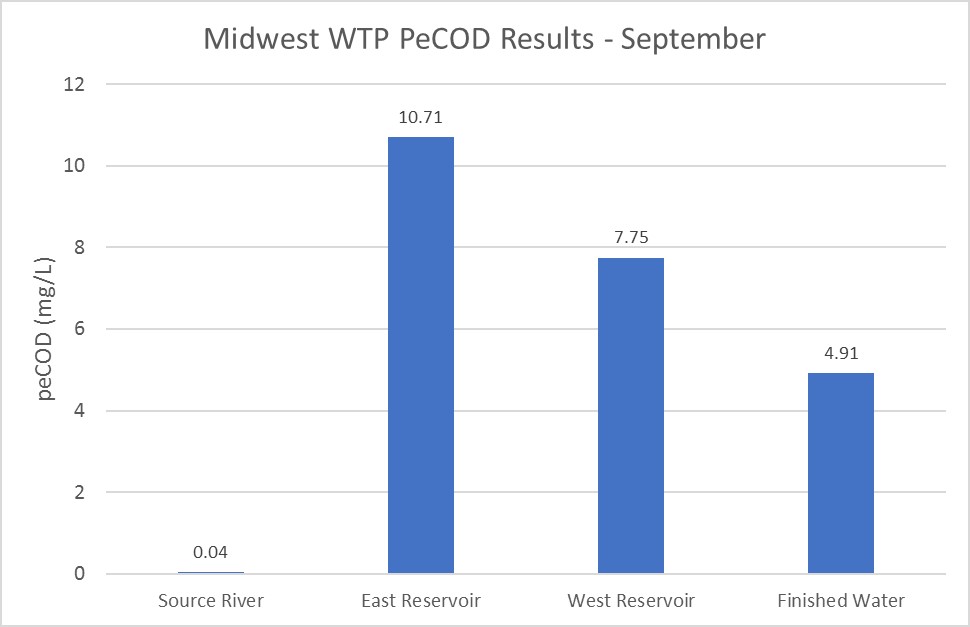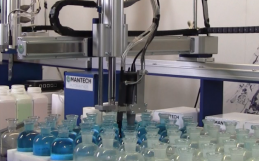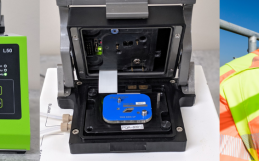Drinking Water Treatment Plants (WTPs) have been accurately referred to as one of the last safeguards for human health. Having access to safe, clean water whenever needed is something that is taken for granted in many parts of the world. This is only possible through diligent monitoring of WTPs that are designed to remove harmful components from source water, however recent studies have shown that many plants are not fully addressing the removal of dissolved organics, commonly referred to as Natural Organic Matter (NOM). Recently, a WTP in the Midwest United States has been experiencing issues with taste and odour events caused by the presence of NOM, and they have decided to take action to avoid this happening in the future.
The PeCOD Analyzer is a revolutionary new tool with great potential to assist drinking water utilities as they address concerns with NOM. It utilizes green chemistry to perform advanced oxidation on dissolved organic molecules, providing a bulk quantification of NOM. When compared to a traditional organics measure such as TOC, PeCOD has been found to be much more sensitive to variations, and also more informative as to how NOM will affect, and be affected by the treatment process. This is because PeCOD is a measure of reactivity, as opposed to TOC which simply quantifies carbon but provides no information about the oxidizability of the NOM.
The Midwest WTP purchased a PeCOD Analyzer to help them determine the source of their taste and odor issues, and to get the NOM levels back under control. There was no testing on-site at this particular utility, all samples up to this point had been sent out, therefore the only plant feedback the operators had to work with was visual inspection of the treatment works, and storage reservoirs. The use of the PeCOD Analyzer now gives them rapid 5-minute feedback on the NOM levels in their storage reservoirs, as well as their source water (nearby river) and final treated water. Utilizing the PeCOD method, they have been able to avoid taste and odour events by taking action immediately when PeCOD readings change, as opposed to when the events started having visual signs which is often too late to avoid.
Sampling results from mid-September at the Midwest WTP are below. Note the river which was contributing no NOM at the time, but their storage reservoirs which showed signs of algae blooms had elevated PeCOD levels which was making it through treatment to their distribution.








